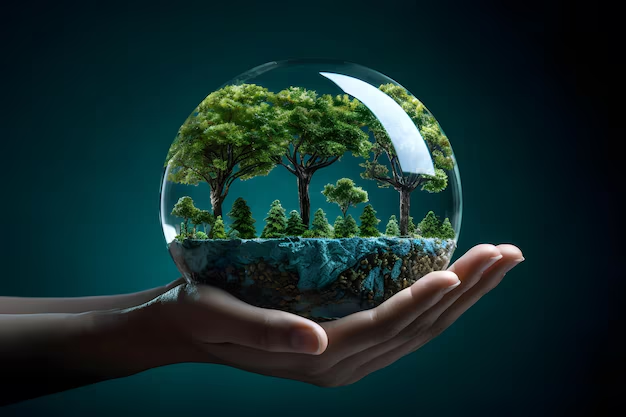
Biodiversity is the backbone of a healthy planet. It encompasses the variety of life on Earth, from the smallest microorganisms to the largest animals, and is critical for the health and functioning of ecosystems. Ecosystems provide essential services such as clean air, water, food, and climate regulation, all of which are vital for human survival. However, biodiversity is under threat like never before due to human activities like deforestation, pollution, climate change, and overexploitation of natural resources.
The Importance of Biodiversity
Biodiversity plays a crucial role in the resilience of ecosystems. A diverse range of species helps maintain the balance of ecosystems, ensuring that they can recover from environmental stresses and adapt to changing conditions. For example, different species of plants and animals can help regulate pests, pollinate crops, and maintain soil health. If one species is lost, it can have a cascading effect on the rest of the ecosystem.
Threats to Biodiversity
The main threats to biodiversity include habitat destruction, climate change, pollution, and invasive species. As forests are cleared for agriculture, wildlife lose their homes, and ecosystems become fragmented, making it harder for species to survive. Climate change, driven by human activities, exacerbates these issues by altering habitats, creating extreme weather events, and affecting the availability of food and water. Pollution, including plastic waste and chemicals, further harms species and disrupts ecosystems. Invasive species, often introduced by human activities, can outcompete native species and cause significant harm to ecosystems.
Protecting Ecosystems
Protecting biodiversity requires preserving ecosystems in their natural state, restoring damaged ecosystems, and creating sustainable practices for resource use. Protected areas like national parks and reserves are essential for safeguarding habitats. Additionally, sustainable agriculture, forest management, and fisheries can help reduce the impact of human activities on ecosystems. By promoting eco-friendly technologies, reducing carbon emissions, and supporting conservation efforts, we can slow down the loss of biodiversity.
The Role of Individuals
While governments and organizations play a crucial role in protecting biodiversity, individuals can make a difference as well. Simple actions like reducing waste, using sustainable products, supporting conservation organizations, and educating others about the importance of biodiversity can help foster a culture of environmental stewardship. By taking responsibility for our actions, we can collectively contribute to the preservation of biodiversity and the protection of ecosystems.
Conclusion
The protection of biodiversity is not only about saving animals and plants; it’s about ensuring the survival of the ecosystems that support all life on Earth, including humans. By working together to protect ecosystems and reduce our environmental footprint, we can safeguard the natural world for future generations. It is not too late to act, but the time to act is now.
